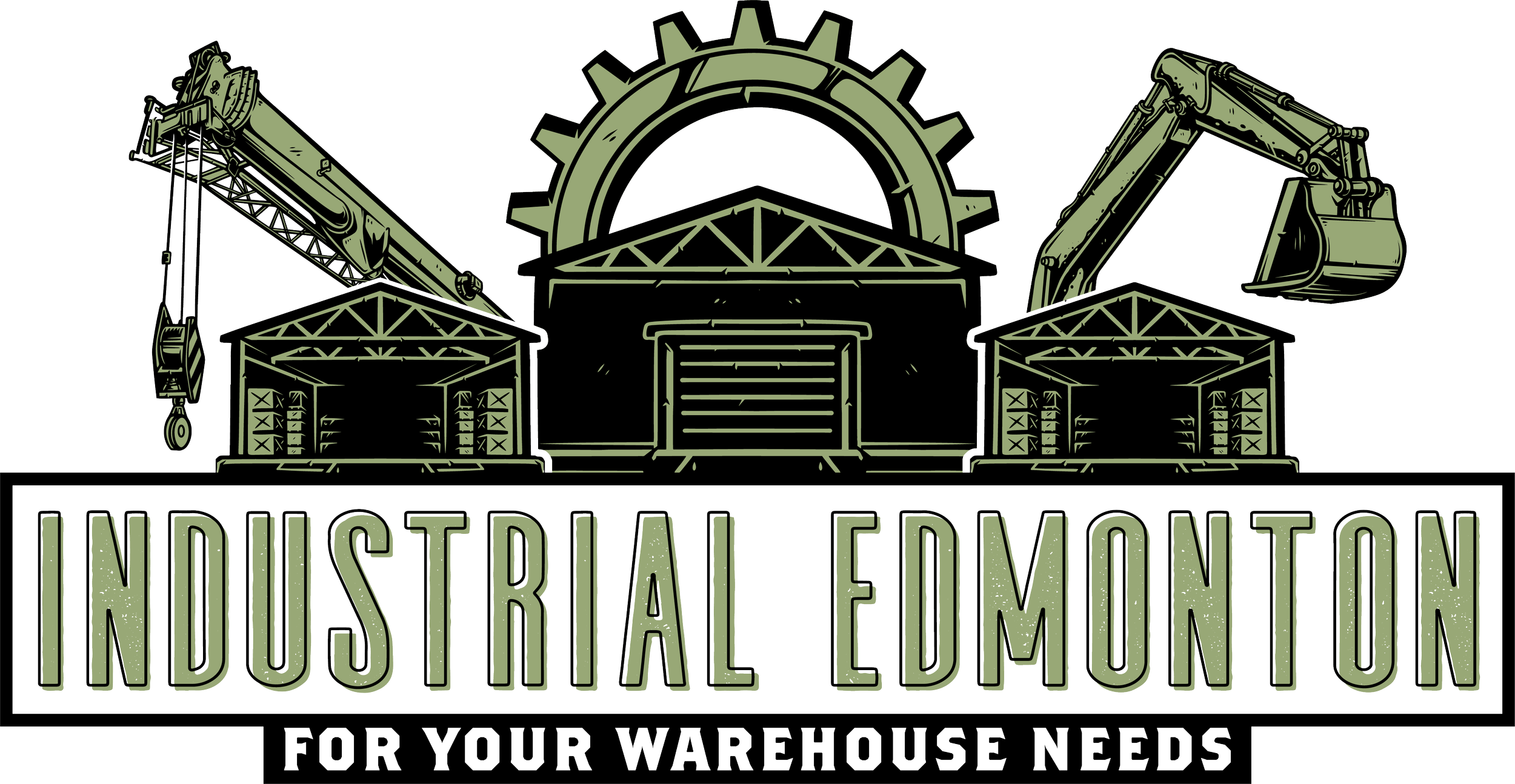Teams of analysts are employed to peel back the layers of the onion in order to paint a clearer picture of present value, market dynamics, and exit strategy on investment assets, from value add to core plus. And while analyzing the yield of a property forms the basis of investment strategy, I would argue that an equally important consideration is the “price per pound”.
Read MoreWe’ve all heard how over the past couple of years there has been a newfound focus for companies to actively strategize and implement the relocation of their manufacturing activities away from overseas (and politically diverse) countries to more optimal locations, being those with comparable political, economic, timezone and trade policies. For North American companies, the logical case lies to the south in Mexico - and the growth is exponential there - but in this article I’d like to pose the thought experiment of analyzing Alberta, in particular, to capture some of this excessive market demand.
Read MoreWhat a ride 2023 has been so far for businesses across the province and beyond! The sheer scale of compounding factors being vollied at companies as they try to regain balance and grow their income is farsical. How does anyone project into the future and plan for growth, or perhaps conservation, when so many opposing factors are at play. I’ve outlined Five Takeaways that we are seeing play out in the industrial asset class, from leasing, to sales, construction costs to trends and opportunties.
Read More“ESG” is an acronym we hear thrown around consistently in the commercial building space, but from my experience, very few understand what this corresponds to and how it will affect their existing assets and developments, or future planning for the same. This article will address how buildings are rated, who are the rating agencies, and what considerations will best future proof your assets.
Read MoreHeavy-duty vehicles, including trucks and buses, make up about 10% of all motor vehicles globally, but produce around 50% of their carbon dioxide emissions and over 70% of vehicle particulate pollution. Understandably, there has been excitement in the potential transition of heavy-duty vehicles off of diesel and towards a cleaner, electric operating system. And while striving for ambitious ESG targets in this (and every) industry is needed and supported, it is unlikely that electrical transport vehicles will carry this load in the near term for the three reasons in this article.
Read MoreWhile the transitions through business cycles can affect consumer confidence and create uncertainty in the financial markets, it’s important to realize we are still a long way off from 20% interest rates, and remain, at present, in historical low territory. Having said this, it’s obvious that a 3.25% increase in the BOC benchmark rate over just a 6-month period will have some tangible consequences. I am going to outline the facts behind affordability in the commercial real estate sphere compared to 12 months ago, and outline how this is affecting our owner/user clients (those who would occupy their own building) and our investor clients (who are looking for tenanted assets with a return on their money). Spoiler alert… property values are (gradually) eroding.
Read MoreSale leaseback transactions are nothing new, but they are a worthwhile tool for all building owner-operators to understand, particularly as the capital markets tighten. Aside from financing, all other costs of doing business have concurrently increased, from labour to transportation, construction to inventory. These all affect the financial health of a business and can jeopardize the financial ratios that the banks must see maintained in order to avoid disruptions. One tool not often considered by building owners is the sale leaseback transaction which can have immediate positive outcomes for their financial statements, and perhaps even allow for further growth and expansion if implemented properly.
Read MoreI’ve discussed at length the migration of industrial occupiers and capital investment into the Alberta market over the past 18 months due to the convergence of peak levels of demand, affordable development land, available warehouse space and unsustainable pricing in other major Canadian markets. As an industrial real estate broker, I get asked frequently if I’m seeing any slowdown in the industrial market due to increasing interest rates, inflation and lingering supply chain struggles. I’ll outline here why these local and global issues are having a much diluted effect on Alberta.
Read MoreWorking in the commercial real estate industry, you get a perspective of how large and multi-faceted this industry is, with hundreds of different jobs, roles, motivations, and ultimately types of assets that are managed, maintained, invested in, leased, and developed. For many outside of the industry, commercial real estate can seem like a "linear concept”, but it is far from that.
Read MoreAir cargo represents the transportation of goods by… you guessed it, air. Many are unaware that nearly every passenger flight is carrying some freight along with the passengers and their baggage. In fact, about half of all air freight was transported in passenger planes. During the past two years however, passenger flight volumes drastically decreased, while simultaneously cargo volumes drastically increased, to a point where cargo contributed to 49% of all airline total revenue in 2020. The Edmonton International Airport has played a major role in the growth of air cargo logistics in the region, and has been a key contributor and leader in the Port Alberta logistics and manufacturing hub.
Read MoreThrough the process of adaptation to macro and microeconomic disruptions, commercial real estate has begun transitioning to meet the future needs of the populace. Developments and buildings that once served a specific purpose, are being tested as society shifts around new work, live and play models. Through analysis and feasibility studies, many are beginning to take risks and think outside the box to determine alternate uses for their assets, through adaptive reuse and redevelopment. One such use that is catching the eyes and ears of analysts and decision makers, is the concept of vertical, indoor farming. This concept has been discussed for many years, but only now is getting to a point where it is economically viable and able to compete with traditional farming methods.
Could vacant office towers or underutilized malls lay the future foundation for vertical farms?
Read MoreIn my last article, Where has all the distribution space gone, Alberta?, we took a superficial look at the soaring demand for warehouse space in Alberta due, in part, to the expedited shift in consumer patterns as the world dealt with COVID-19. This article will analyze how this problem, in conjunction with many other interconnected links in the supply chain, have reverberated around the world causing blockages and delays in the manufacturing, transportation and delivery of goods, and earning the name of “The Great Supply Chain Disruption”. My goal is to simplify what may be one of the most complex global issues, where no one player is steering the ship (pun intended).
Read MoreIt truly wasn’t long ago, maybe 12 months or less, that Edmonton and Calgary were flush, perhaps too flush, with Class A speculative distribution space. In the matter of not years, but months, the inventory in both major cities has been absorbed by household names who have entered the Alberta market in quick succession. Regardless of submarket - north, south, east, west or periphery - the pickings are now unbelievably slim for large distribution tenants looking to take advantage of the low cost environment in our province and move into warehouse space within the calendar year.
Read MoreI recently had the opportunity to Get a better understanding of cross-docking and supply chain management with Rosenau Transport President, Ken Rosenau. So what is cross-docking, and why are so many corporations, multinational and local alike, turning to this model of distribution to streamline their global supply chain?
Read MoreBrick and mortar and e-commerce are like two circles of a Venn diagram, overlapping in their central goals of engagement, but forming separate concepts and strategies for a retailer. Conversely, Experiential Retail, Retail as a Service, and Micro Retail are more representative of building blocks, growing on top of each other to create a fully formed experience for the target retail customer. Read more about how these concepts are overlapping to create new opportunities in the retail asset class.
Read MoreIt’s well known that we still have a problem with the under-representation of women and visible minorities in the corporate environment. The great news is so many individuals of all genders are taking an active role in working to improve corporate policies and these statistics in all industries. In fact, from 2015 to 2020, the representation of women in senior-vice-president positions grew from 23% to 28%, and representation in the C-suite grew from 17% to 21% across all industries (Mckinsey). Unfortunately, these statistics are still not flowing through to the commercial real estate sector where the salary gap has actually widened for women between 2015 and 2020.
Read MoreI recently had the enjoyment of sitting down with my esteemed colleague and friend, Chad Griffiths, Partner at NAI Commercial, and Gerald Tostowaryk, host of The Real World of Real Estate podcast, to discuss the past year and our upcoming projections for the Alberta industrial real estate market.
Read MoreIt wasn’t so long ago that the Edmonton sub-markets of Nisku and Leduc were hailed as the oil and gas heartbeat of the Region. These industrial parks established themselves as the incubators for oil and gas manufacturers, service providers, fabricators, transporters, and many others, aiding in growing our Province’s resource production to all time highs. Edmonton is the capital of the North, but Nisku and Leduc are among the workhorses that allowed the real North to be developed.
Read MoreWhat does a City do when tasked with redeveloping a cost prohibitive, aging emblem that encompasses millions of Edmontonian memories? By the way, this is all located on 160 acres of centralized, transit accessible mixed-use land.
Read MoreI was pleasantly surprised to hear that Alberta, along with Ontario, Saskatchewan and New Brunswick, have all signed on to help further develop nuclear reactor technology in Canada. The goal of this program is to support the advancement and deployment of nuclear energy through small modular reactors (SMRs), a fresh, new technology that greatly differs from standard nuclear reactors, both in size, flexibility and overall safety.
Read More



















![The big energy problem, and the [nu]clear solution.](https://images.squarespace-cdn.com/content/v1/586a710e9f745649514acf25/1600650508438-SAU7Z5XB7M1QQGH9NI3E/Capture.JPG)